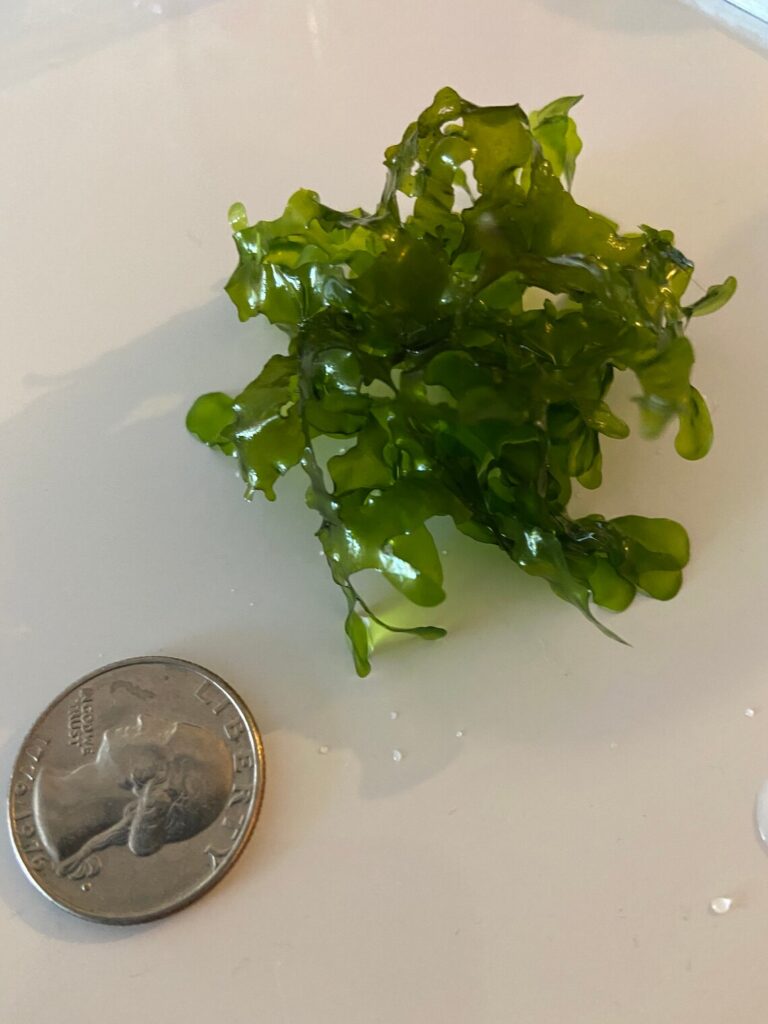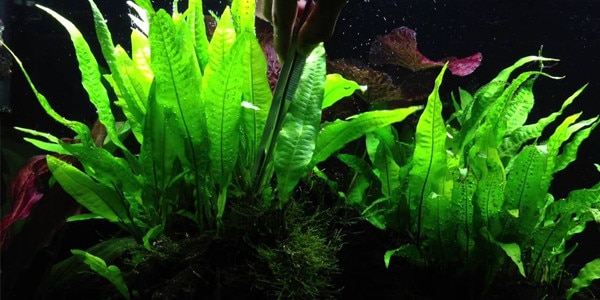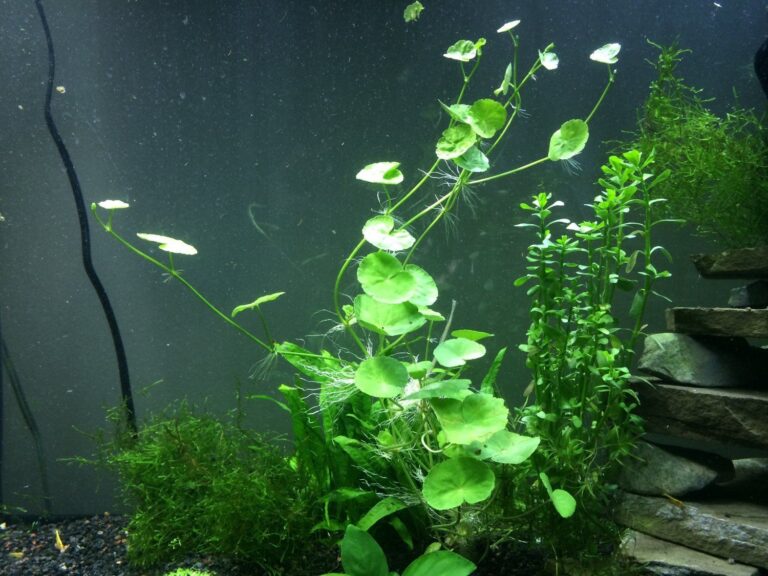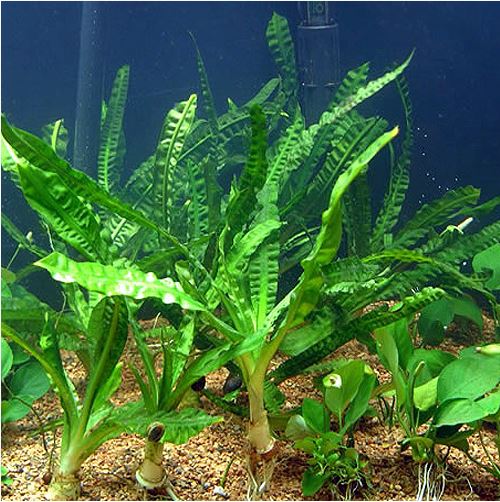Red Tiger Lotus Aquarium Plant
Thinking of adding the stunning red tiger lotus aquarium plant to your tank? Well, you’re in for a treat! The red tiger lotus, scientifically known as Nymphaea Zenkeri, is a beautiful aquatic plant that can add a pop of color and elegance to any aquarium. In this article, we will dive deep into the world of red tiger lotus, exploring its characteristics, care requirements, propagation methods, and more. So, let’s get started and unravel the secrets of this captivating aquatic plant!
What is a Red Tiger Lotus?
A red tiger lotus is an aquatic plant native to West Africa, specifically the Congo River Basin. It belongs to the Nymphaeaceae family and is known for its vibrant red coloration and unique leaf shape. The plant gets its name from its distinctive tiger-like patterns on the leaves, combining shades of red, green, and brown. When properly cared for, the red tiger lotus can grow into a magnificent centerpiece in your aquarium.
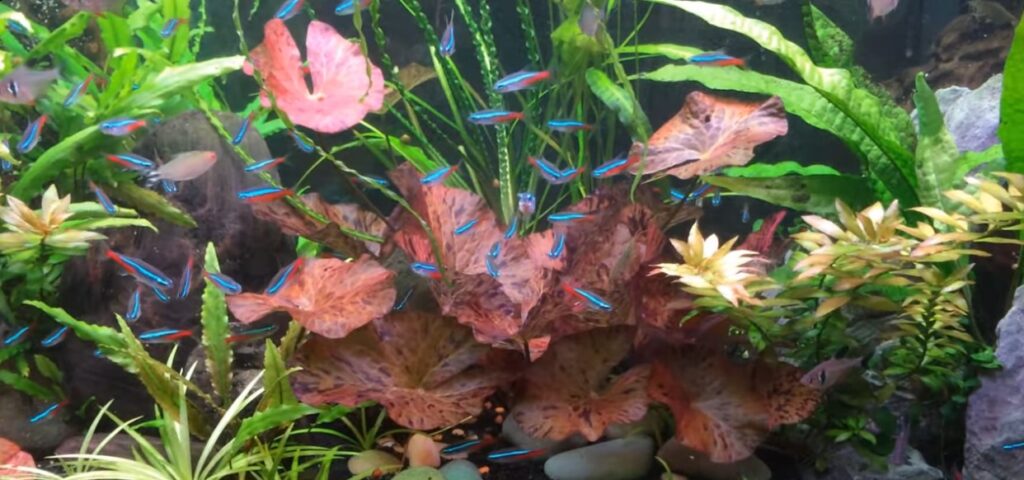
Characteristics of Red Tiger Lotus
The red tiger lotus is a perennial plant that can grow both submerged and emersed. Here are some key characteristics of this beautiful aquatic plant:
1. Size: The red tiger lotus can reach an average height of 10-20 inches, making it suitable for medium to large-sized aquariums.
2. Leaf Shape: The leaves of a red tiger lotus are rounded and slightly elongated, resembling the shape of a floating lily pad.
3. Leaf Coloration: While the name suggests a predominantly red color, the red tiger lotus can display a range of hues, including red, pink, green, and brown, depending on various factors such as lighting intensity and nutrient availability.
4. Flowering: Under the right conditions, the red tiger lotus may produce stunning white or pinkish-white flowers that float above the water’s surface, adding another layer of beauty to your aquarium.
Care Requirements for Red Tiger Lotus
To ensure optimal growth and vibrant coloration, it’s crucial to provide the red tiger lotus with the right care. Let’s take a closer look at the essential care requirements for this aquatic plant:
1. Lighting: Red tiger lotus plants require moderate to high lighting levels. Consider using full-spectrum LED lights or fluorescent bulbs to provide the necessary light intensity for healthy growth and vibrant coloration.
2. Water Parameters: The red tiger lotus thrives in slightly acidic to neutral water conditions. Aim for a pH range of 6.5-7.5 and a water temperature between 72-82°F (22-28°C). Additionally, ensure good water circulation and filtration to maintain water quality.
3. Substrate: Use a nutrient-rich substrate such as aquatic soil or substrate fertilizers to provide essential nutrients to the plant’s roots. This will promote healthy growth and vibrant leaf coloration.
4. Carbon Dioxide (CO2): While not mandatory, supplying carbon dioxide can significantly benefit the growth of red tiger lotus. Consider using a CO2 injection system or liquid carbon supplements to enhance plant growth.
5. Nutrient Supplementation: Red tiger lotus plants are heavy feeders and require an adequate supply of nutrients. Regularly supplement the water column with a high-quality liquid fertilizer rich in essential macro and micronutrients.
Propagation of Red Tiger Lotus
If you want to expand your red tiger lotus collection or share this beauty with fellow aquarists, knowing the various propagation methods can be useful. Here are two common ways to propagate red tiger lotus plants:
1. Offshoots: Red tiger lotus plants often produce small offshoots or baby plants around the base of the main plant. Gently detach these offshoots once they develop their own set of leaves and roots, and plant them in a separate location in the aquarium.
2. Seeds: Red tiger lotus plants can also propagate through seeds. Collect the mature seeds from the flower pods, dry them, and sow them in a separate container filled with specialized aquatic soil. Keep the soil moist and ensure suitable lighting conditions during germination.
Frequently Asked Questions
Q: How fast does a red tiger lotus grow?
A: The growth rate of a red tiger lotus can vary depending on factors such as lighting, nutrient availability, and CO2 supplementation. On average, you can expect moderate growth of around 2-4 inches per month under ideal conditions.
Q: Can red tiger lotus survive in low light conditions?
A: While red tiger lotus plants prefer moderate to high lighting levels, they can survive in lower light conditions. However, the plant may exhibit slower growth and less intense coloration under inadequate lighting.
Q: How can I prevent red tiger lotus leaves from becoming too large?
A: If you want to control the size of the red tiger lotus leaves, you can trim them using sharp aquarium scissors. Regular pruning will help maintain the desired shape and size of the plant.
Q: Can I keep red tiger lotus with other fish and aquatic species?
A: Red tiger lotus plants are generally compatible with most community aquarium fish and other aquatic species. However, be cautious with species that are known to nibble on plants, as they may damage the delicate leaves of the red tiger lotus.
Final Thoughts
Adding a red tiger lotus to your aquarium can undoubtedly elevate its overall aesthetic appeal. The vibrant colors, unique leaf shape, and occasional blooming make this aquatic plant a true showstopper. By providing the right care, lighting, and nutrient conditions, you can enjoy the beauty of the red tiger lotus for years to come. So, go ahead and introduce this captivating aquatic beauty into your underwater world!

